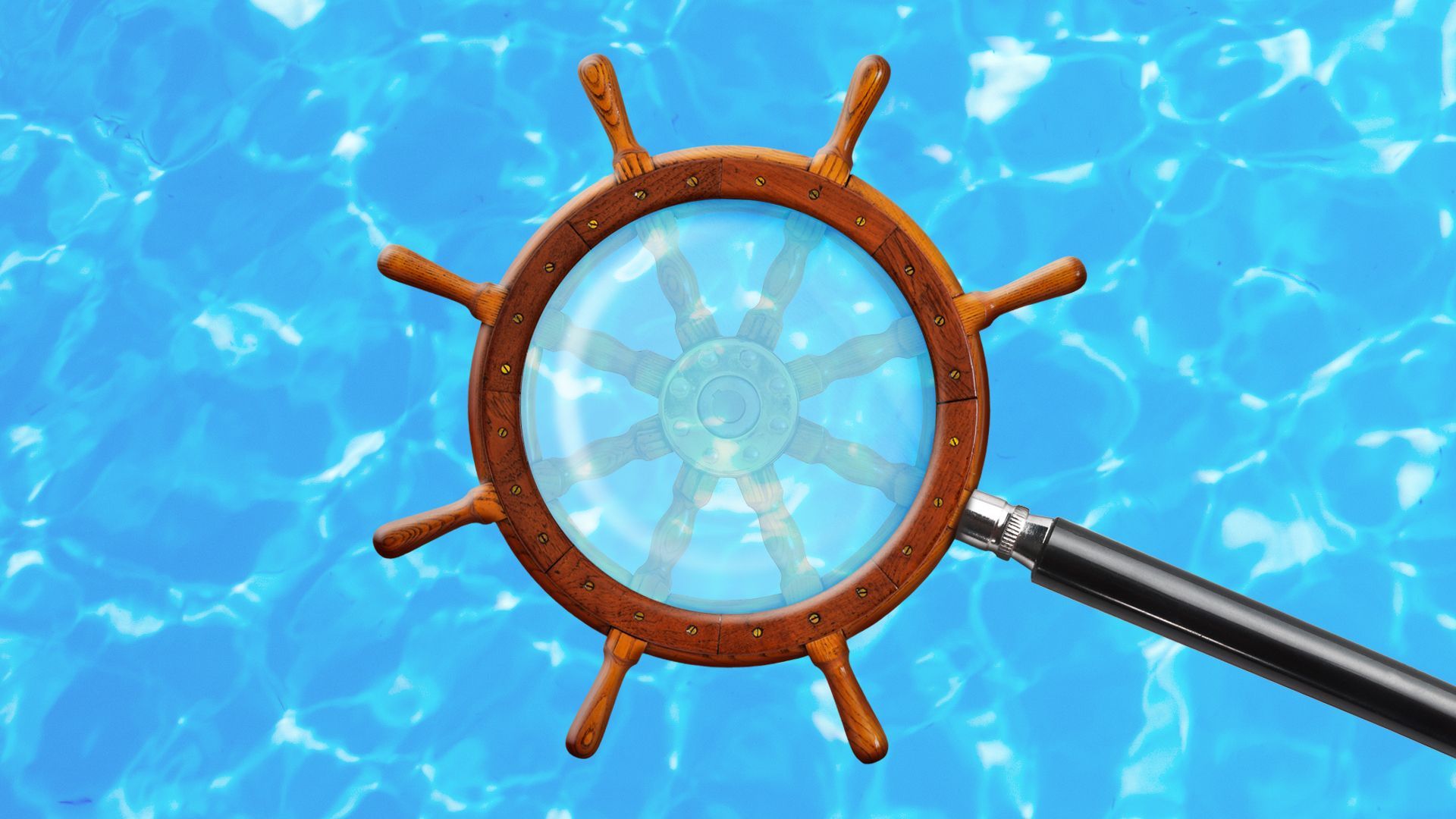Sailing the Bahamas Blue
TSS flagged boats sailing the Bahamas in 2022-2023
Chris Eggert
March 1, 2023
Vol.1

Three boats left TSS docks late in 2022 heading to the majestic waters of the Bahamas; the ultimate long cruise. Andy and Loretta Tucker on Geodesic2 a 37’ Endeavor in mid October, Chris and Diane Eggert on Makai a 34’ Beneteau Oceanis in early November, and Jim and Terri Alley on Danny Boy a 27’ Com-Pac in early January. All three boats planned to meet-up and buddy boat at some time in Key Largo on the way, in Bimini, and in Georgetown in the Exuma’s. As you find out about the challenges of these three boats, you will see that sailing plans are written in sand on low tide. Sailboat parts break, weather windows don’t match your expectations, health issues arise and families suddenly need our support bringing us back to our home port. These things happened to all of these sailing couples and their vessels.
Geodesic2, crew of Andy & Loretta, got an early start in October and made it across the Gulf-stream, on to Bimini, Nassau and ultimately to Exuma’s Georgetown. Unexpected health concerns and family illness put a temporary halt in this sailing trip. Geodesic2 was positioned safely in a hurricane hole mooring field in Georgetown for 6 weeks.
Makai, with Chris & Diane, set out a few weeks later. They made it to Ft Myers only to learn a brand new watermaker was not functioning. The saga continued throughout their passage to Miami. Then learning mom was very sick, two new granddaughters born, a failed initial crossing due to a fouled prop, and waiting out hurricane Nicole (you know there are never hurricanes in November, right?) They made the decision to put Makai in a mooring field in Miami for a month and drive home to take care of family and sort out business. After returning to Makai Chris & Diane crossed the Gulf-stream from Miami and on to Bimini, Nassau, down the Exuma chain of islands to Georgetown.


After crazy obstacles and over 900 nautical miles Makai and Geodesic2 finally got to sail together in late January. They buddy-boated to Long Island, the very remote Jumentos Cays and Ragged Islands for 5 weeks. Makai and Geodesic2 spent many days sailing and anchored along side of each other in the crystal clear bluest of blue Bahamian waters. In late February Geodesic2 sailed back up the Exuma's to Nassau to meet up with some new crew and Makai sailed back to Long Island and to Georgetown.

Meanwhile Danny Boy, with Jim & Terri and companion, Sophie their fun loving sheepadoodle, left Tampa in mid January with a final destination of Georgetown Bahamas. Their adventure began after a major re-fit consisting of a new fridge, dinghy davits, solar arch, and watermaker. They made the trek to Key Largo, Miami, and crossed the Gulf-stream to Bimini. They waited out some bad weather in Bimini and resumed their sailing trip down the Exuma chain of islands to Georgetown arriving the first week in March. They made the difficult 750 nautical mile trip and in a 27’ sailboat to boot. Makai and Danny Boy finally got together in Georgetown anchorage as buddy-boats March 3rd. It was really great for Makai to be anchored next to Danny Boy after all that time.

It would be an understatement by saying all three sailboats and sailing couples had a lot to deal with. To have met their sailing goals, these sailors displayed great determination and perseverance throughout their journey. They set out to sail in the Bahamas, meet-up and buddy boat together and for the most part accomplished this. They have truly enjoyed a sailing adventure of a lifetime.
Oh yeah, now all three boats will sail back to Florida. Well, more on that next time.
A round-the-world sailing race will collect valuable ocean data
 Illustration: Sarah Grillo/Axios
Illustration: Sarah Grillo/Axios
This coming winter, up to 40 sailors will set off from western France on a daring solo round-the-world race — several armed with sensors meant to collect valuable ocean data.
Why it matters: The planned course will take the competitors into parts of the open ocean rarely visited or analyzed, making the race a prime opportunity to collect information useful for studying climate change and more.
Driving the news: The Vendée Globe is a solo, unassisted, nonstop sailing race held every four years using monohull boats about 60 feet long, capable of top speeds of up to 40 knots.
The latest: The last qualifying race for the global contest is currently underway, with sailors on a transatlantic dash from New York to Les Sables-d'Olonne, France.
What they're saying: "The objective is to provide a precise forecast and to make better prediction of extreme weather systems, and also to provide input for climate forecasting models in general," Alain Leboeuf, president of the Vendée Globe and France's Vendée department, tells Axios through an interpreter.
Friction point: Amedeo says his sensors increase his power consumption by about 15% — but adds that there's also a "positive impact" in carrying them because if a problem arises while he's racing, he has "another motivation" to keep going.
Between the lines: The Vendée Globe's data-collection efforts are part of a broader aim to race across the world's oceans in an environmentally responsible way, Leboeuf says.
Case in point: While long-distance racing sailboats typically use fossil fuels for power needs other than propulsion, the Vendée sailors are moving toward solar power and hydrogenerators (which generate electricity from flowing water) for cleaner power.
What's next: While participation in the data-collection effort is optional for the 2024 Vendée Globe, it'll become mandatory during the next running, in 2028.